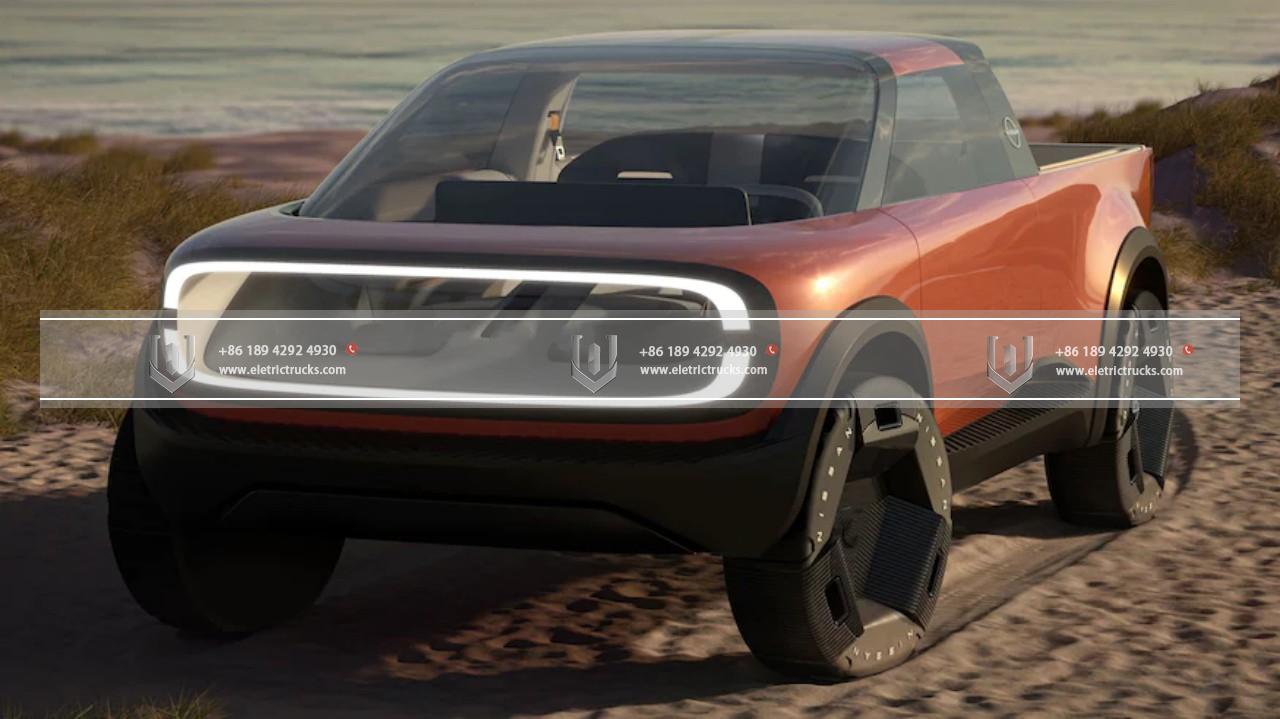Te matauranga hiko
Taraka e-taraka: Te huri i te umanga waka
The transportation industry is undergoing a significant transformation with the advent of Nga waka hiko (EFS). Among the most promising developments in this sector are e-trucks. Ēnei electric-powered trucks are revolutionizing the way goods are transported, offering numerous benefits for businesses and the environment alike. With their increasing popularity and advancements in technology, E-tarakas are poised to transform the transportation industry in remarkable ways.
One of the primary advantages of E-tarakas is their positive impact on the environment. Tuku taraka-tuku-manas are a major source of Te aukati hau me nga putunga hau kati. He rereke, E-tarakas hua Te whakakorekores, Te awhina ki reduce air pollution and combat climate change. By adopting E-tarakas, companies can lower their carbon footprint and contribute to a more sustainable future tino nui.
Anō hoki atu, E-tarakas offer a cost-effective solution for businesses. While the initial purchase price of an E-taraka may be higher compared to a taraka disel tuku iho, the operational costs are significantly lower. Te hiko hikos he iti ake nga waahanga neke me te nui o te tiaki, ka puta mai reduced servicing and repair expenses. Tāpiritanga, the cost of electricity is typically lower than that of diesel fuel, arahi ki substantial savings in fuel costs. I roto i te waa, these financial advantages make E-tarakas an attractive option for businesses seeking to optimize their transportation operations.
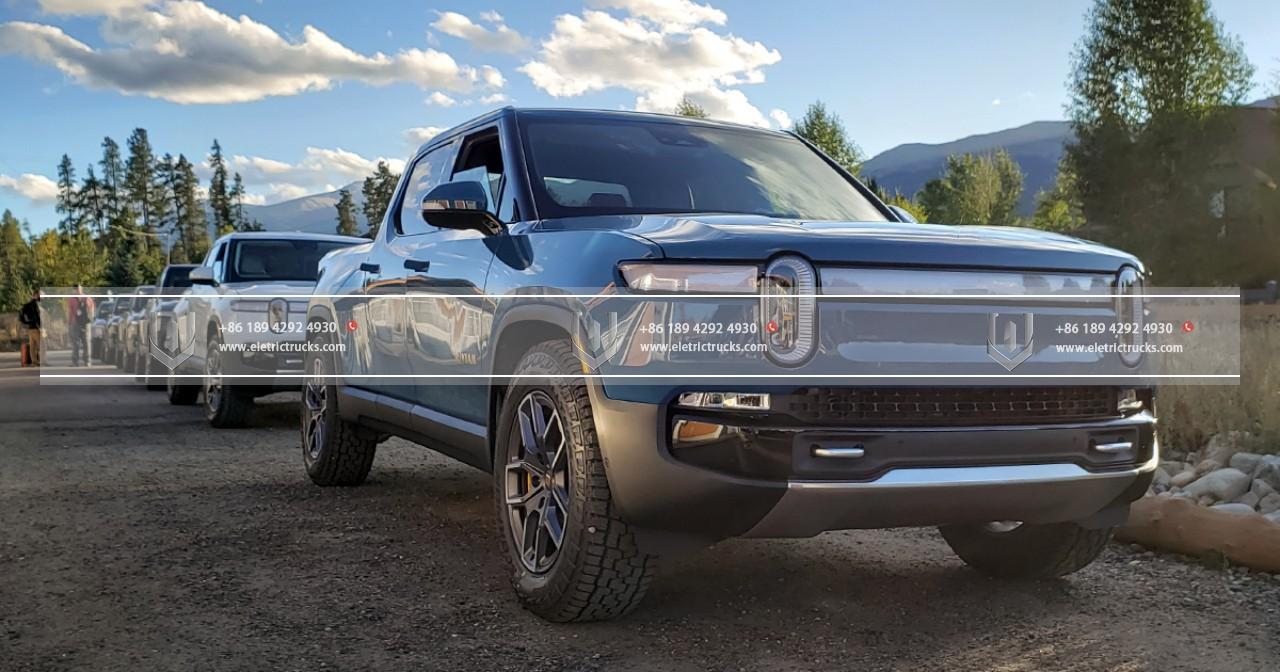
Another notable benefit of E-tarakas is their quiet operation. Taraka disel tuku ihos generate a considerable amount of noise pollution, ina koa i nga taone nui. E-trucks, I tetahi atu taha, operate almost silently. This characteristic is particularly valuable for nighttime deliveries in residential areas, reducing disturbances and improving the overall quality of life for communities. The reduced noise levels of E-tarakas also make them suitable for sensitive locations, such as hospitals, Kura, and parks.
I nga tau tata nei, advancements in Te hangarau o te pākahiko have significantly improved the performance and range of E-tarakas. Initially, range anxiety was a concern for businesses considering the adoption of Te hiko hikos. Hoianō, with the development of more efficient batteries, E-tarakas can now travel longer distances on a single charge. This expanded range, coupled with the growing network of charging stations, has eliminated many of the logistical hurdles associated with e-truck operations. Businesses can now incorporate E-tarakas confidently into their fleets, knowing they can meet their transportation needs efficiently and reliably.
Tīmata, governments around the world are implementing policies and incentives to accelerate the adoption of Te hiko hikos, whai wāhi E-tarakas. These measures include tax credits, subsidies, and infrastructure development programs. By offering financial incentives and creating a supportive regulatory framework, governments aim to encourage businesses to transition to cleaner transportation options. Ka rite ki te hua, more companies are considering E-tarakas as a viable and attractive alternative to taraka tuku ihos.
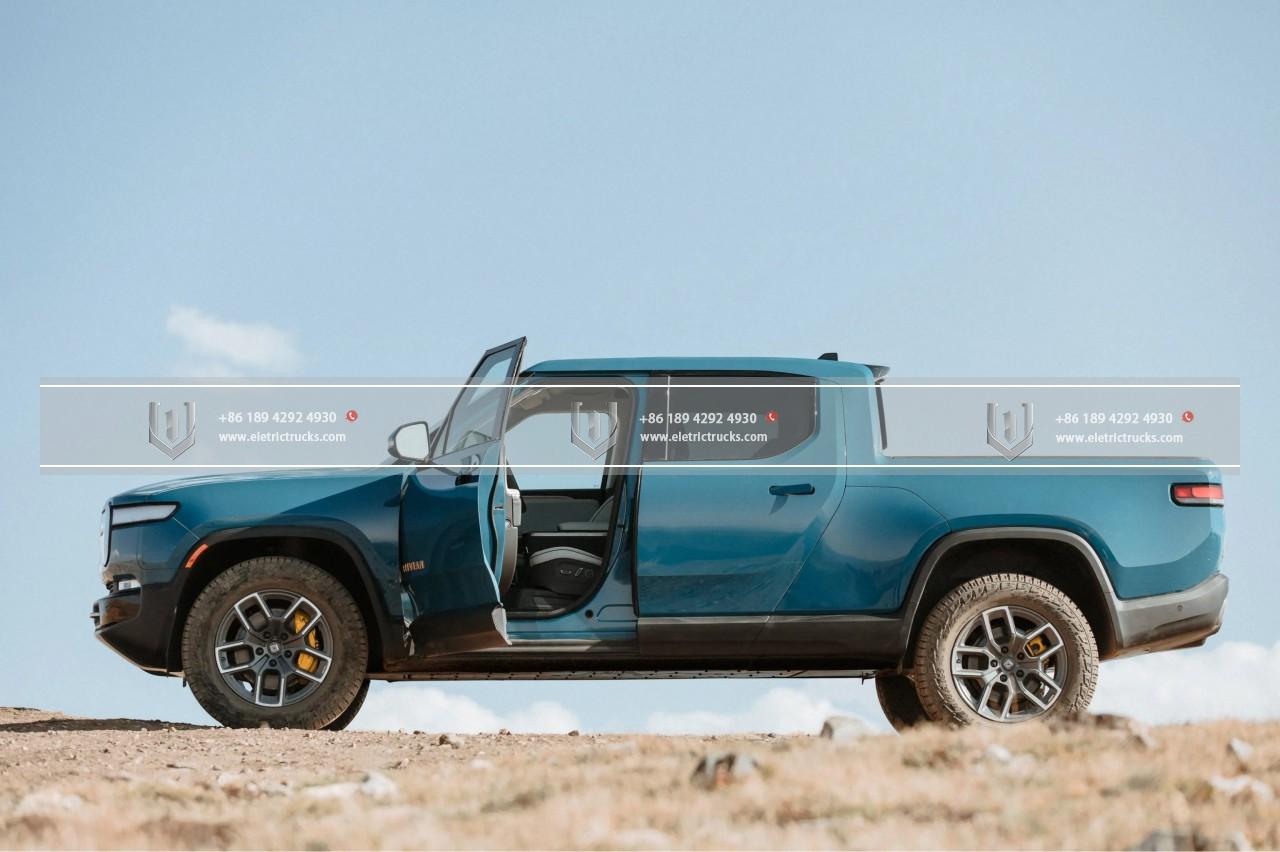
The rise of E-tarakas also presents new business opportunities in the Te ahumahi kawe. Me te nui o te tono mo E-tarakas, there is a growing need for Te Whakahauma Whakahaumaru, battery technology advancements, me related services. This shift in the industry creates space for innovation and entrepreneurship. Companies specializing in charging solutions, battery development, and fleet management software are poised to thrive as E-taraka adoption continues to expand. This growth not only benefits the businesses involved but also stimulates job creation and economic development.
Despite the numerous benefits of E-tarakas, some challenges still need to be addressed. The limited availability of charging infrastructure remains a hurdle for widespread e-truck adoption. While significant progress has been made in establishing charging networks, further investment and expansion are necessary to meet the growing demand. Governments and private companies must work together to accelerate the deployment of charging stations, especially along major transportation routes.
Tāpiritanga, the weight and size of e-truck batteries pose challenges for Te waka roa-roa. The weight of the batteries reduces the payload capacity of E-tarakas, which may limit their applicability to certain types of cargo. As battery technology continues to evolve, advancements in energy density and weight reduction will alleviate these limitations, mahi E-tarakas more versatile and suitable for a wide range of transportation needs.
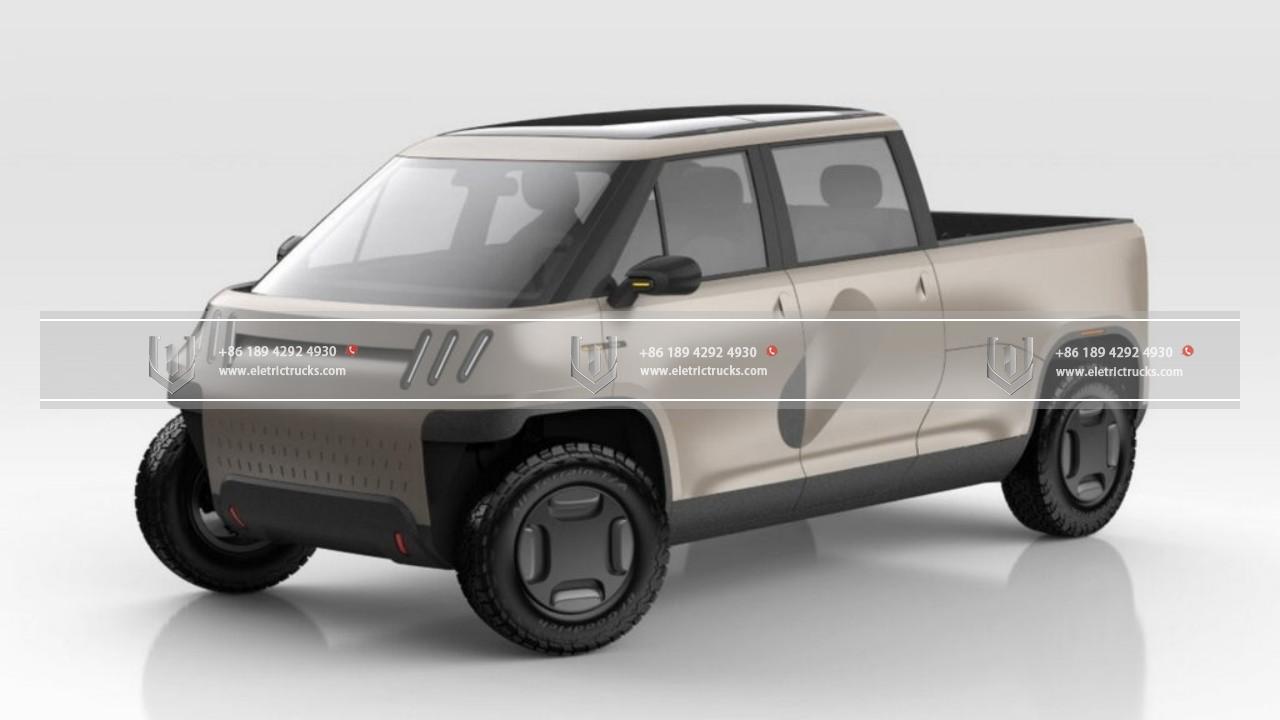
Anō hoki atu, the transformative impact of E-tarakas extends beyond the transportation industry itself. It has a ripple effect on various sectors, including energy and manufacturing. The increased demand for Te hiko hikos, whai wāhi E-tarakas, necessitates the expansion of renewable energy sources to power these vehicles. This shift away from fossil fuels towards clean energy sources promotes the development of sustainable energy infrastructure me reduces dependence on non-renewable resources.
Tāpiritanga, the manufacturing sector plays a crucial role in the production of e-trucks. The growing demand for Te hiko hikos creates opportunities for manufacturers to invest in research and development, arahi ki technological advancementTuhinga o mua innovation in the industry. The production of E-tarakas also requires the manufacturing of battery systems, Nga motuka hiko, and other related components, stimulating growth in these sectors. Tenei nekehanga ki electric vehicle manufacturing can lead to job creation me economic growth, contributing to the overall prosperity of the economy.
Tīmata, Tuhinga o mua E-tarakas aligns with changing consumer preferenceTuhinga o mua societal values. As environmental awareness increases, consumers are actively seeking products and services that are eco-friendly and sustainable. Businesses that incorporate E-tarakas into their transportation fleets can capitalize on this trend by positioning themselves as environmentally conscious and responsible. Such companies are more likely to attract environmentally conscious customers, thereby gaining a competitive edge in the market.
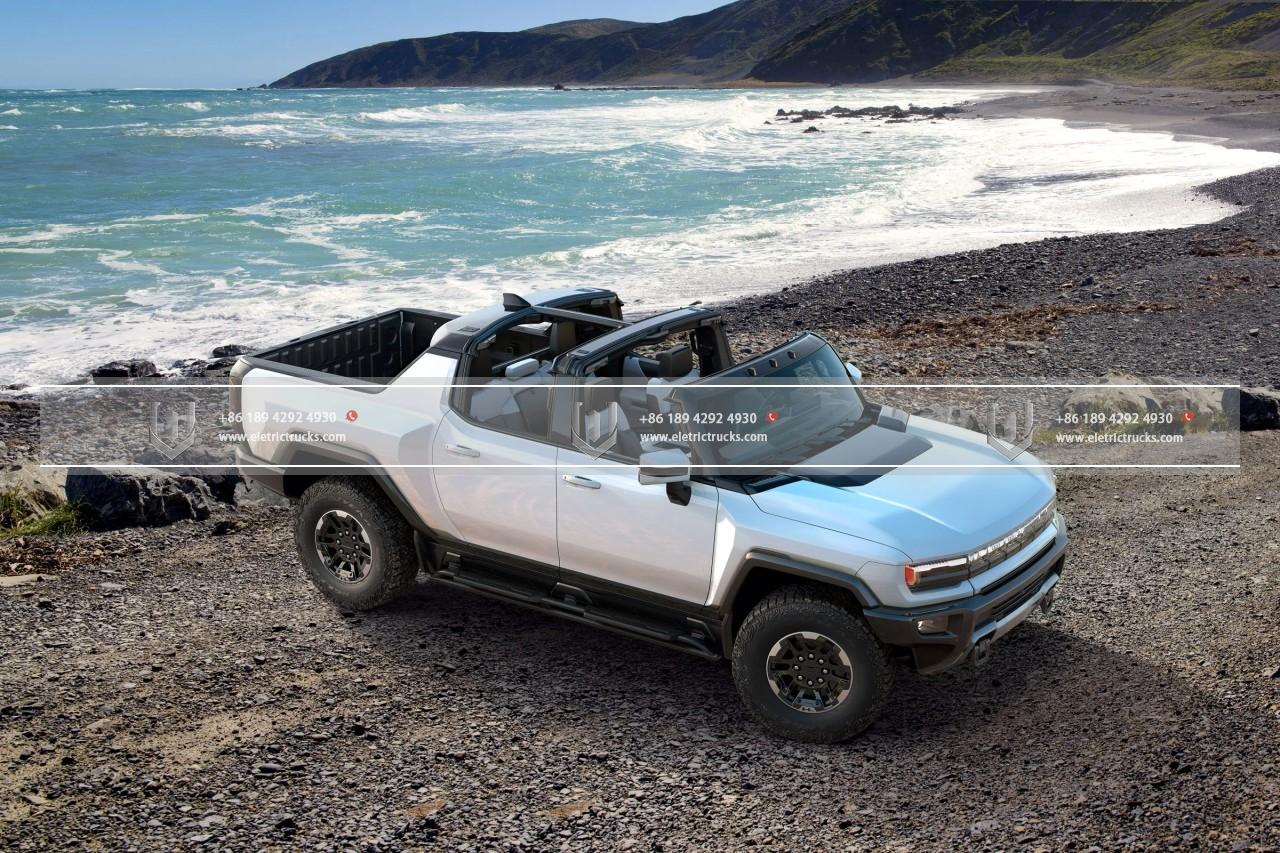
It is worth noting that E-tarakas are not limited to long-haul transportation. Te hiko hikos are also well-suited for urban and last-mile delivery operations. With the rise of e-commerce and online shopping, the demand for efficient and sustainable last-mile delivery services has grown exponentially. E-trucks provide an ideal solution, as they can navigate urban environments, whakaiti i te huihuinga, and deliver goods cleanly and quietly. By integrating E-tarakas into urban logistics, businesses can improve the efficiency of their delivery operations while minimizing their environmental impact.
I nga tau tata nei, major players in the transportation industry have recognized the potential of E-tarakas and have started investing heavily in their development. Companies such as Tesla, Daimler, and Volvo have announced plans to manufacture and deploy taraka hikos in their fleets. These industry leaders’ commitment to E-tarakas not only validates their potential but also catalyzes further innovation and investment in the sector. As competition intensifies, it is expected that E-tarakas will become more advanced, affordable, and widely available.
Inā E-tarakas are already making a significant impact, there are ongoing efforts to enhance their capabilities and address the remaining challenges. Research and development initiatives are focused on Te whakapai ake i te hangarau pākahiko, enhancing charging infrastructure, me increasing the range and payload capacity of e-trucks. Mahi ngātahi i waenga government agencies, Nga kamupene motuhake, me academic institutions is vital to drive innovation and overcome barriers to e-truck adoption.
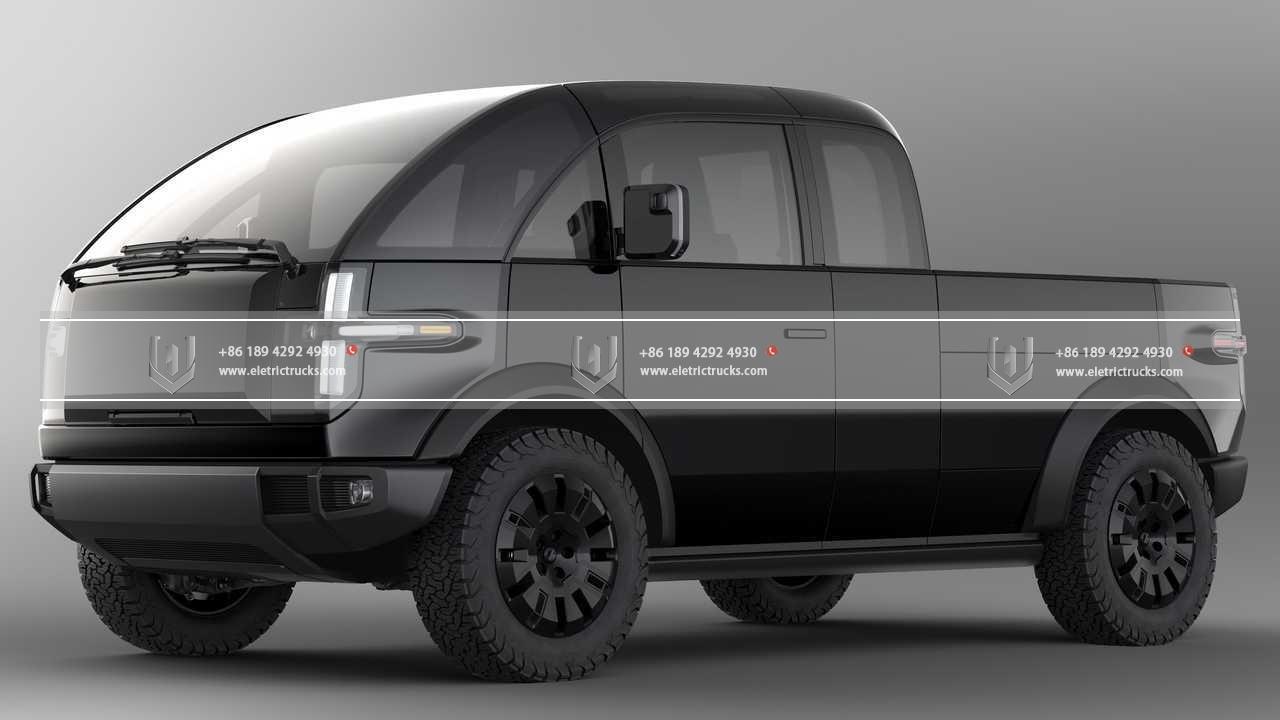
Hei mutunga, E-tarakas are poised to transform the transportation industry and pave the way for a more sustainable future. Their environmental benefits, utu-whai hua, and quiet operation make them an attractive alternative to taraka disel tuku ihos. The support of governments, Te ahunga whakamua i roto i te hangarau hiko, and changing consumer preferences are driving the widespread adoption of E-tarakas. As the industry continues to evolve and overcome challenges, E-tarakas will play a pivotal role in reshaping transportation, reducing greenhouse gas emissions, me fostering a more sustainable and efficient global economy.
